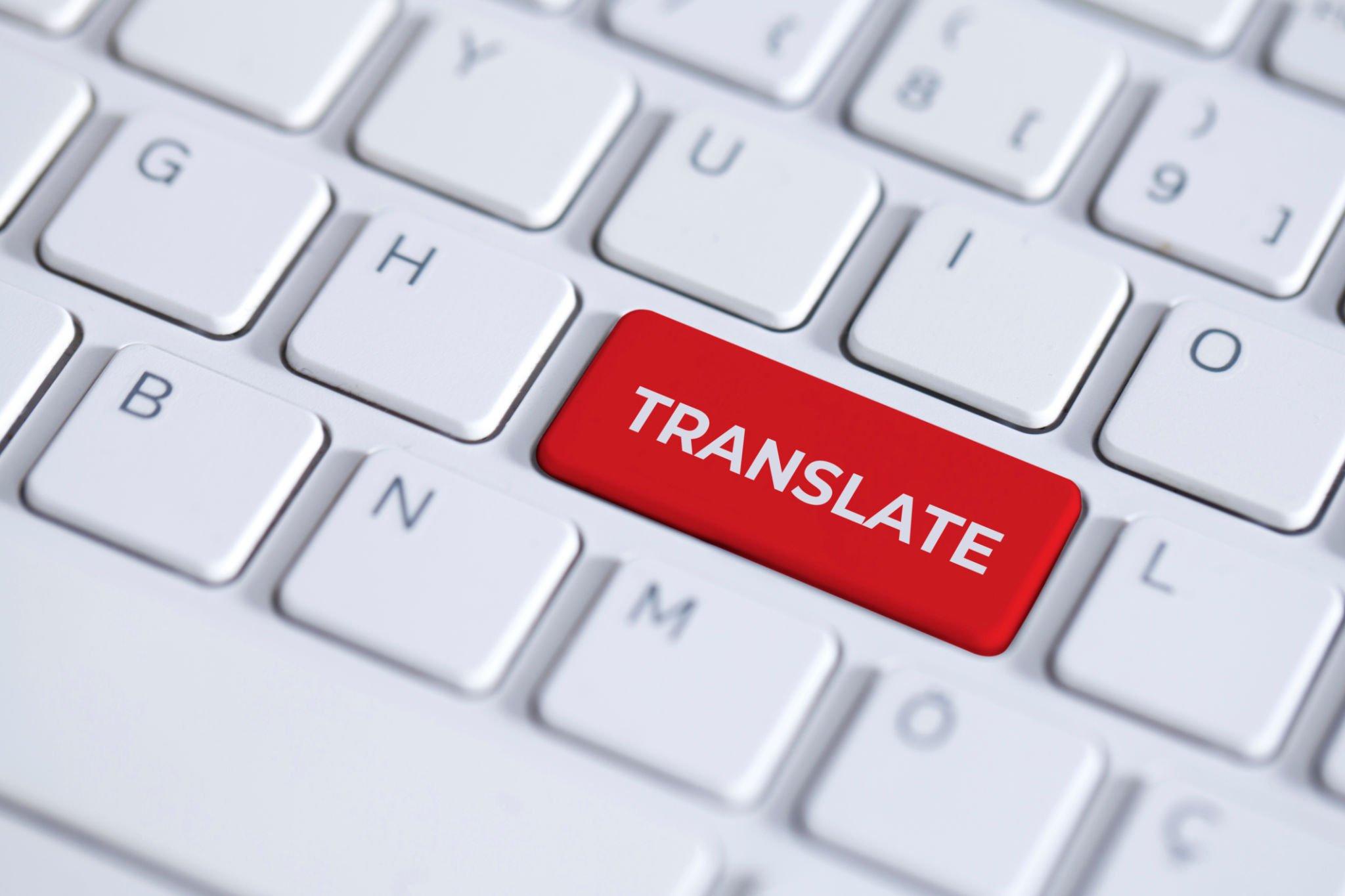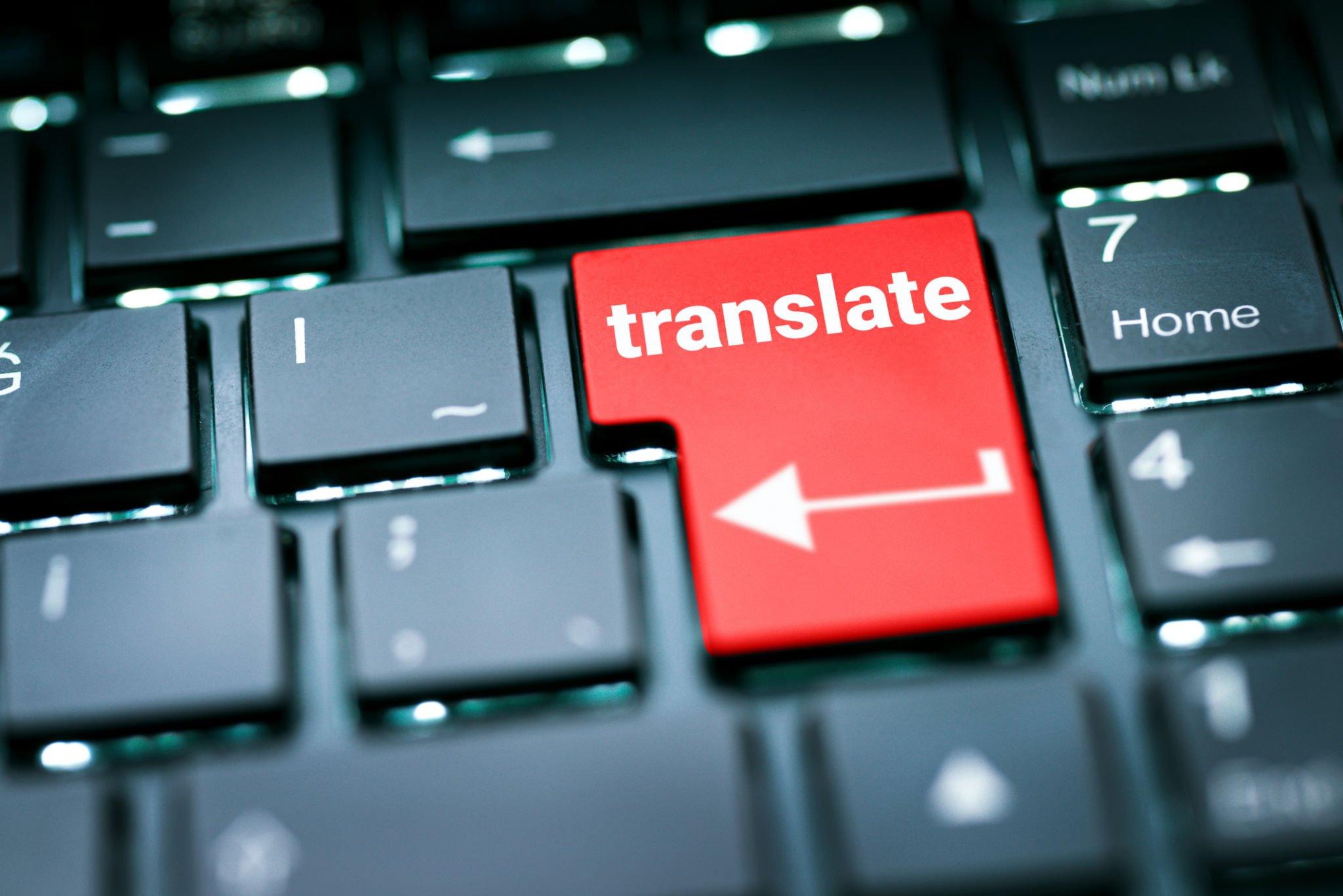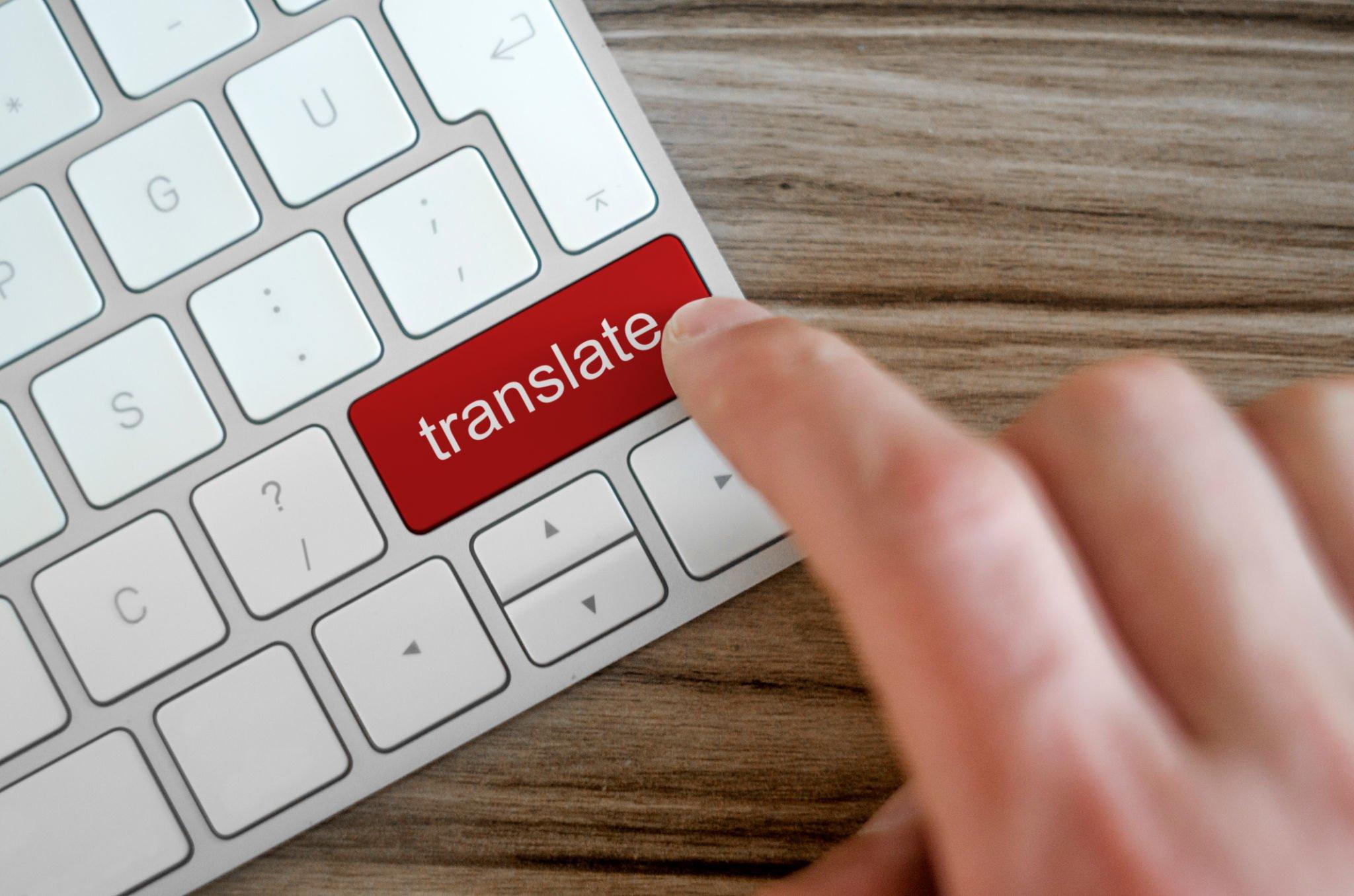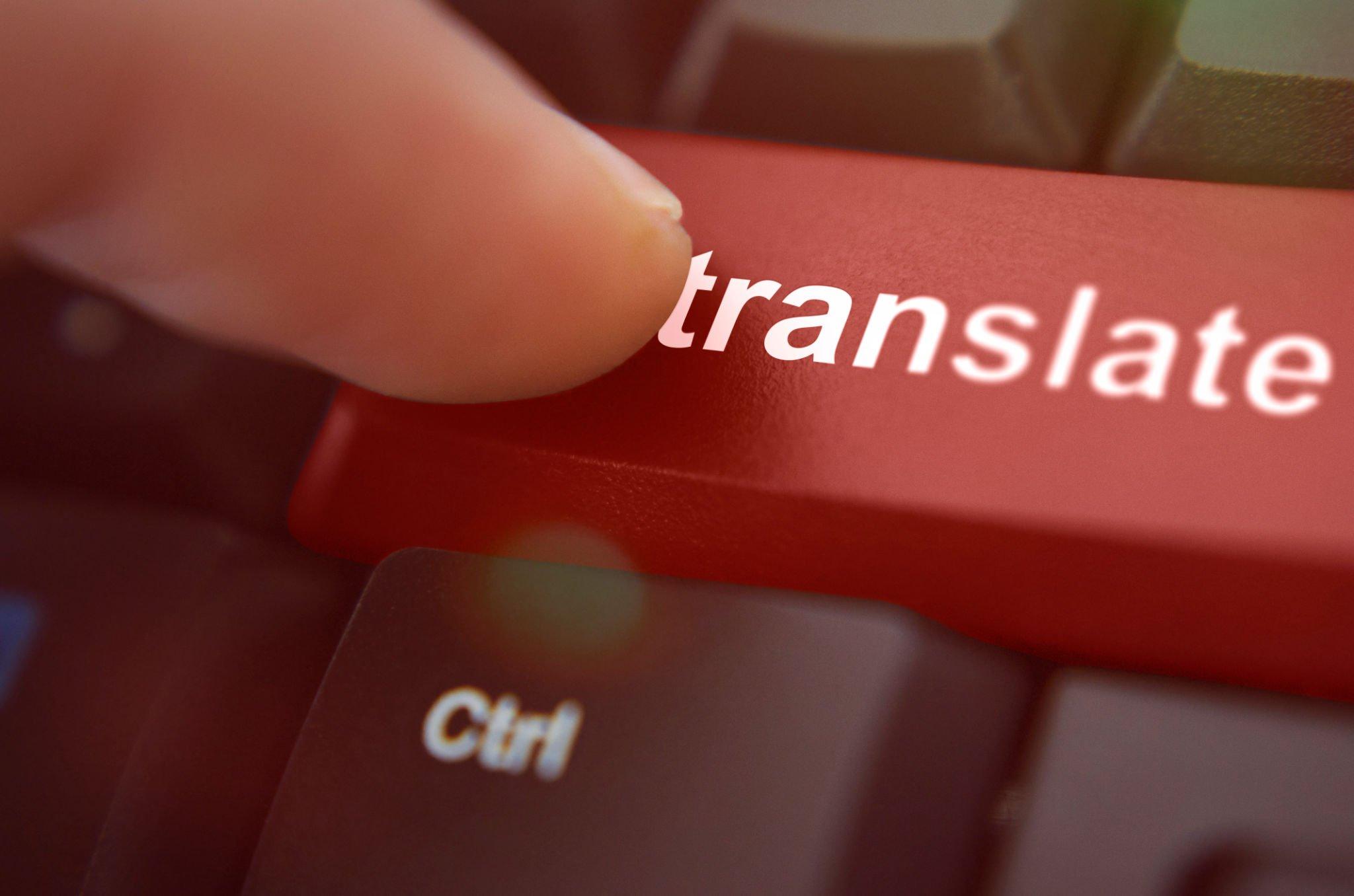Subtitling or dubbing a video is an intimate responsibility. It can make or break a project. When foreign language films, educational material, or any other form of video is released to a new market, the translation is critical to the story being told and the information provided.
To get the art of translation right, you need to take your time. Part of that can be done by ear, listening for tone, and getting the details right. However, if you want to be accurate and fast, the bulk of the process needs to be done on paper. Transcription services are the key to unlocking access to that text.
Here, we are going to discuss the details of why transcriptions are so vital to getting dubbing and subbing right. Then, we’ll give you a crash course on how to get started on picking a transcription service that’s perfect for you.

Why do you need transcription services for subbing and dubbing
Dubbing and subbing are all about translation – a far more delicate process than simple closed captioning. Thought needs to go into how to best capture the meaning of certain foreign words. As such, you need iterations and reviews.
The small subtleties of language (word choices, word placement, and grammar) all hold sway over how an audience responds to a piece of work. When added to the inflection and timbre of a dubber, the process becomes almost as central as the original performances. If mistakes are made, or sloppy decisions are introduced, the intention of the creator can be lost.
A transcript gives time to translate
Transcription services will present you with a written version of the original performance. In effect, this gives you time to translate the work more accurately. It’s much easier to go through a text document and take what’s written from one language to another. Now you’re armed with a translation that basically provides all the subtitles you need — it’s just a case of aligning them with the video.
A translation lets you walk into the studio prepared
When you translate the written transcript, you end up with a written script for dubbers to use. The individual doing the dubbing can walk into the studio with a full script in front of them. There’s no need to worry about getting the right translations or working out what someone is trying to say as you have it all right there on the sheet of paper. Now, the focus is on getting the performance right, so you can bring life into the translation.
How to pick a transcription service
If you need something transcribed and translated, then you must select the right transcription service for your needs. You’ll be surprised at the diversity of services out there – and probably a little bit confused as well.

To help you make the best decision, we’ve broken things down into four key points that you need to consider:
- Getting an accurate transcript
- Getting the right transcript format
- Getting a secure transcript
- Getting the right price
How do you do all of this? Allow us to explain.
Getting an accurate transcript
The biggest consideration is ensuring you pay for a transcription service that provides the highest degree of accuracy possible. In general, you have two options: ASR (automatic speech recognition) or human transcriptions. ASR is a software that automatically picks up words and transcribes them for you, while human transcription involves someone actually going through the content and transcribing it all for you.
Where accuracy is concerned, human transcriptions come out on top. The best ASR transcripts will give a maximum of 80% accuracy. However, this can decrease depending on the audio quality, speed of speech, and the presence of colloquial words. Sometimes, you can get an 80% error rate instead!
By comparison, human transcription services are 99%+ accurate because a human takes the time to go through and listen to every word and sentence. This will provide you with a more accurate script to then translate and read from.
ASR definitely has its place in the world, and it is a faster and cheaper option. But, if you need accuracy, then look for a human transcription service instead.
Getting the right transcript format
Transcription formats vary, and you must choose the right one for your particular project.
This means thinking about getting a verbatim or full-verbatim transcript:
1. Full-verbatim – this is the most detailed transcript format. Everything is written down, even false starts, ‘ums’ and ‘errs’, and filler words. If you’re subbing or dubbing a film or TV show, then this might be the best option for you. The extra details can help add more context to what’s being said, and there’s also more to use for a dubber to replicate the performance in their own language.
2. Verbatim – commonly referred to as intelligent verbatim, you still get a high degree of accuracy, but the content is slightly edited. The stutters, false starts, and interruptions are taken out, leaving for a much cleaner transcript. This provides easier-to-read transcripts, and it works really well when subtitling videos.
3. Either option will be ideal – it just depends on how much creative license you want to provide the translators, or if you have access to the recording so you can augment the translation. Generally speaking, an intelligent verbatim transcript will work fine. You still get an accurate transcript, but it’s easier to read and easier for someone to translate.

Getting a secure transcript
With movies and TV, you need to keep control over your content. You can’t have a transcript leaking out to everyone and being shared online.
As such, you must find a secure transcription service that keeps everything protected. Here are five key things to be watchful of:
- In-house transcribers – the most secure transcription services use in-house transcribers to limit the need for data sharing. Your content is sent to the company, and it stays in-house, then the transcript is sent over to you. This keeps things more secure, and you can keep track of who has access to your data.
- Non-disclosure agreements – an NDA should be used to give you peace of mind. If the transcription company signs an NDA, then it means they won’t share your audio or video recordings with anyone else. If they don’t offer this, then don’t take the security risk!
- ISO accreditation – ideally, you should look for a transcription service that’s ISO 27001 and 9001 certified. This means that they meet international standards regarding data management and information security management. Together, they ensure your data will be handled correctly and kept secure.
- Website data encryption – look at the website of the transcription company – does it contain HTTPS in the URL? If so, this indicates the website is encrypted and secure. Effectively, it means your information is hidden behind closed doors when you’re on the site. It’s a basic part of internet security, so don’t trust a service that can’t provide simple website data encryption.
- GDPR – a secure transcription service that follows GDPR regulations. They will handle your data by following strict rules, and they must have the most stringent security measures in place.
If a transcription company ticks all of these boxes, then there is a greater guarantee that they’ll provide safe and secure transcripts. If not, then don’t take the risk as it can lead to a loss of data and sensitive information.
Getting the right price
Everyone wants to save money, but you get what you pay for with transcription services. If you want the best and most accurate transcripts, then be prepared to pay for them. Yes, ASR is cheaper than humans, but you don’t receive the same quality.
Having said that, you can save money by making a few adjustments to your order. Firstly, ordering well in advance – or in bulk – will see you get discounts. This is the easiest way to slash the costs of high-quality transcripts.

If you plan to get regular transcripts, partnering with a transcription service may be worth it, as many services offer loyal customers bespoke pricing. You can also cut out a few extras that aren’t essential. For example, do you really need speaker identification or timestamps? Switching to verbatim instead of full-verbatim will also lower the costs.
If you want a transcript that ticks all the boxes for your project and saves you time and resources, then it’s worth using a human transcription service to ensure you’re getting accurate and high-quality transcriptions. Transcription services deliver better dubbing and subbing outcomes faster
Transcription services are better than trying to translate audio/video straight from the source. By viewing everything on paper, it’s easier for a translator to go through and change it into another language. This makes both subbing and dubbing more convenient and faster as well.
You must pick your transcription services wisely to get the best quality and car available. It helps to pick services with a media background, as they have experience doing this type of work. Likewise, look for partnerships with transcription services to get discounts for repeat purchases over time. You also need to assess your needs, such as whether you’re sharing sensitive data that needs to be protected. If that’s the case, check the security of the service you use.
Whatever service you choose, ensure you do your research to ensure you get the quality, format, and security for your dubbing and subbing needs.









